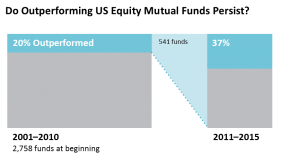The Temptation to Borrow Against Your 401(k)

The decision to take a loan out against a 401(k) needs to be well thought out. It is tempting to look at the stack of funds sitting there in the company 401(k) plan, and think of it as your own piggy back to borrow against. It’s very important to remember that these funds are supposed to help support a retirement that could last 30 years or longer. A wrong move can have lasting and devastating consequences. I recently had a client just ask about taking a loan against his plan to fund a down payment of a new home. There are several key points we considered:
Pros
Taking out a loan against your 401(k) is a very simple process and can be done quickly. Most plans offer online access to set-up and process loans. So in need of quick cash to close the home, this is an easy solution. In addition, if you have bad credit, the interest rate is usually favorable since you are basically paying yourself back. Of course, this is much better than high interest credit cards or other sources. Most loans have a 5-year payment term, but for a first-tome home buyer, it is usually 10 years. This can help lower the repayment amount per paycheck.
Cons
This is where we have to discuss human behavior. You have to be very careful when taking out a loan. If you need a loan, that tells me you might not be saving outside of the 401(k) for the down payment. If this is because money is tight, adding another loan to repay may make things worse. Developing and focusing on a savings strategy might be more appropriate. Also, it is tempting to stop your contributions if you have an outstanding loan, so you will lose on the pre-tax contributions and company match benefits. This is a huge retirement savings opportunity that is gone and lost forever. Finally, if you leave your job you usually have to repay the entire loan quickly which could lead to other bad financial decisions, as well as limiting your career options if you feel you can’t leave your company. If you do leave and the loan is not repaid, the loan is declared a withdraw, and taxes and penalties are due.
In general, the pros and cons really need to be considered in the decision making process. While a quick fix for needed cash, most of the time we would like to consider other options or strategies instead of a 401(k) loan.



